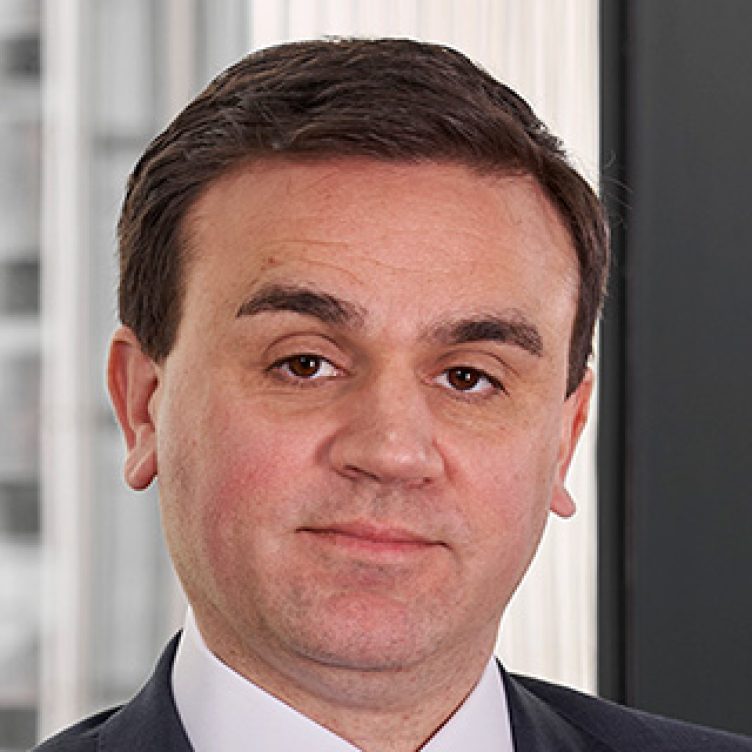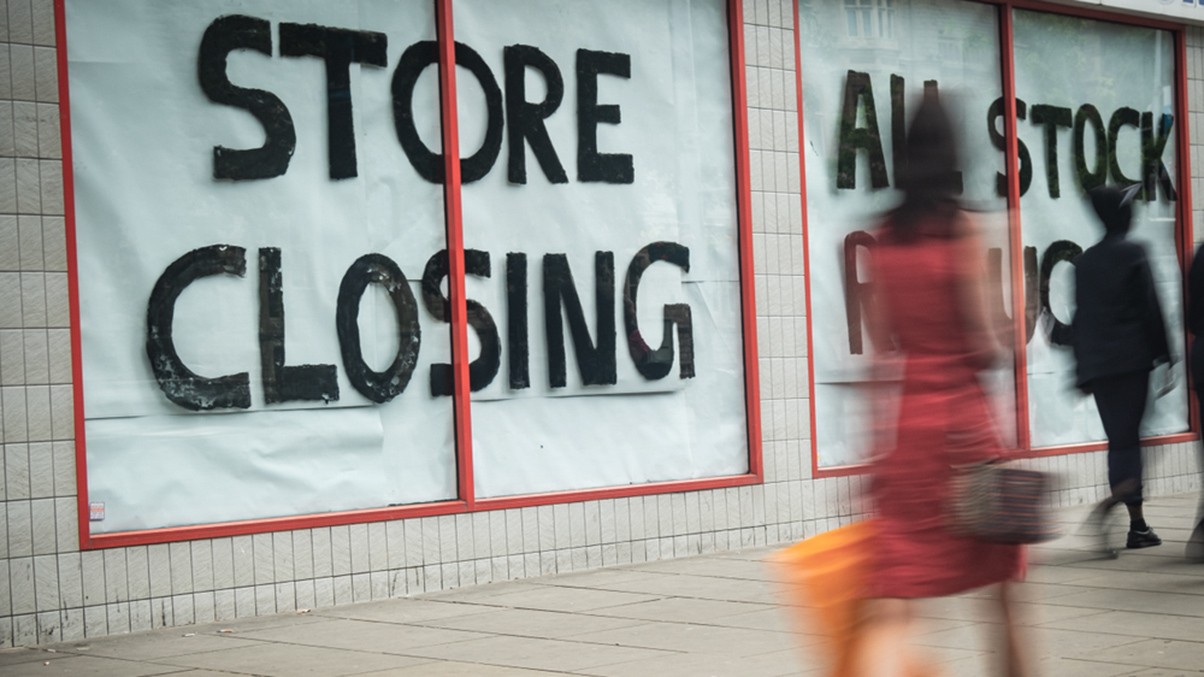Investor frauds never go away
Non-professional investors are often enticed by promises of high returns to place money into schemes that turn out to be scams. These schemes adopt many guises and forms. But do they ever change, and how likely are they to emerge as the expected post-Covid economic uncertainty takes effect? Head of Insolvency and Asset Recovery Alex Jay examines investor fraud and how the insolvency process can help victims recover some of their money.
Increases in fraud and insolvency predicted
The scale and scope of the economic challenges facing the global economy in the wake of the Covid-19 pandemic have been widely discussed. Significant increases in fraud and insolvency have been predicted worldwide. In the UK, for example, the government support schemes are suspected of being subject to widespread fraud and abuse. It is an often-cited mantra supported by history that long-standing frauds emerge when economic times lead to investors wanting their money back.
Indeed, we have already seen some fraudulent schemes emerge. Wirecard, the German payment services operator, has been placed into an insolvency process, and the fall-out promises to run for many years. Investor losses in that enterprise, described as the “German Enron”, have been estimated in the press at €12bn.
Another is Greensill, the supply chain finance entity that filed for administration owing many billions to creditors. It appears that Greensill provided finance based on “future receivables” from entities deemed too big to fail to meet their obligations (such as Sanjeev Gupta’s Liberty Steel and associated businesses). Greensill’s “too big to go wrong” financing model has shades of the complex investment products called collateralised debt obligations (“CDOs) that attributed in large part to the financial crash of 2007/2008.
The financial crash of 07/08
Many CDOs took the form of packaged up mortgage loans. These products were supposed to be low risk because it was thought unlikely that enough of the mortgage loans sold as part of the product could fail. This turned out to be wrong – on a spectacular level. It raised the question of whether anyone truly understood what was being invested in. But by the time this was known, huge amounts of investor money was at risk and had to be written off.
In the wake of that crisis came the credit crunch and the collapse of Lehman Brothers. Lehman Brothers was arguably an innocent bystander in this process. However, we also saw two of the largest investment frauds/Ponzi schemes ever discovered as the credit crunch fall-out took hold: Allen Stanford’s banking operation based out of Antigua (involving about $7bn of investor losses) and Bernard Madoff’s US investment schemes (involving about $17bn losses).
Recovering substantial sums for creditors
Ten years on from those schemes emerging, it was recently reported that the US bankruptcy trustee appointed to oversee the Madoff collapse had recovered more than $13bn, with more anticipated. The liquidators of Stanford International Bank have also recovered substantial sums, with ongoing global litigation expected to bring more funds into the insolvent bank. The recoveries made in the Lehman Brothers winding up have been so substantial that it ended up in surplus.
The significance of those three examples is that they are all cases where an insolvency process has been instigated and enabled substantial recoveries to be made for creditor victims.
Investor frauds and Ponzi schemes post-Covid
Investor frauds and Ponzi schemes have yet to emerge post-Covid, but they probably will. Kroll recently pointed out that 42% of pension savers, equivalent to more than five million people in the UK, could be at risk of falling victim to one or more of the common tactics used by pension scammers. Those tactics include offering above-market returns in complex products; in difficult economic times, those tactics often work.
This situation is compounded by the relatively new ability to draw down a lump sum from pension pots and invest it. This is being targeted heavily by fraudsters, who look to divert those monies into fraudulent schemes. We will undoubtedly see more of this. Assuming each of the potential five million UK victims has £50,000 to invest, the potential prize for scammers would be a staggering £250bn. Multiply that globally, and the sums are enormous.
As with Lehman Brothers, Stanford and Madoff in 2007/2008, the schemes and collapses of the 2020s will need to go through a robust insolvency process if there are to be recoveries for the victims. This is a highly effective means of enabling wide-scale frauds of this type, affecting multiple stakeholders who may not be in a position to seek redress independently, to be thoroughly investigated and recovery actions pursued. The powers afforded to insolvency officeholders are extensive. They allow them to gather documents and information concerning corporate collapses, understand the cause of those events and, where appropriate, seek redress.
Added to that are the developments in the litigation funding market, which act as an enabler for the pursuit of large, complex claims that investors do not have the means or appetite to finance.
As highlighted above, history tells us to expect the current economic climate to drive an increase in fraud cases. Considering the full range of options, utilising funding to make investigations possible, and using insolvency processes to investigate schemes when they arise will be key for investors looking to make recoveries.
Covid-19 is impacting individuals and companies around the world in an unprecedented way. We have collected insights here to help you navigate the key legal issues you may be facing at this time.
You can find further information regarding our expertise, experience and team on our Insolvency and Asset Recovery and Commercial Litigation pages.
If you require assistance from our team, please contact us or alternatively request a call back from one of our lawyers by submitting this form.







